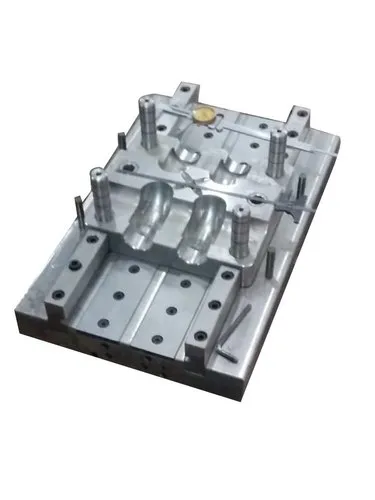Blow moulding is a manufacturing process used to form hollow plastic parts, such as bottles, containers, and tanks. Selecting the right polymer is crucial to ensure product quality, process efficiency, and cost-effectiveness. The choice of polymer depends on several material properties and end-use requirements.
1. Process Compatibility
Melt Strength: The polymer must exhibit sufficient melt strength to maintain shape during the inflation stage. Low melt strength can lead to sagging or collapse.
Melt Flow Index (MFI): A suitable MFI ensures ease of processing. Too high or too low an MFI can negatively impact wall thickness uniformity and cycle time.
Thermal Stability: The polymer must withstand the processing temperature without degradation.
2. Mechanical Properties
Impact Resistance: Important for products like containers that may be dropped. High impact strength helps avoid cracking or breaking.
Tensile and Flexural Strength: Required for structural integrity, especially for larger containers and industrial parts.
Environmental Stress Crack Resistance (ESCR): Ensures the material does not crack under mechanical stress and exposure to chemicals.
3. Barrier Properties
For packaging applications (e.g., food, beverage, or chemicals), the polymer should provide adequate barrier properties against:
Oxygen
Moisture
Carbon dioxide
Volatile organic compounds
4. Chemical Resistance
The polymer must resist degradation when exposed to the contents it will hold (e.g., detergents, oils, acids, or solvents).
Especially critical for industrial and chemical storage containers.
5. Clarity and Appearance
Transparency or Opacity: Depending on the application, some products require a clear material (e.g., cosmetic bottles), while others need opaque or pigmented materials.
Surface Finish: Affects the aesthetic and tactile feel of the final product.
6. Regulatory Compliance
For food, pharmaceutical, or medical applications, the polymer must comply with regulations such as:
FDA (Food and Drug Administration)
EU Food Contact Materials Regulation
REACH and RoHS directives
7. Cost and Availability
Economic considerations are critical, especially for high-volume products. Factors include:
Raw material cost
Processing cost
Availability and supply chain reliability
8. Recyclability and Sustainability
Growing emphasis on sustainability encourages the use of:
Recyclable polymers (e.g., PET, HDPE)
Biodegradable or bio-based polymers
Post-consumer recycled (PCR) materials


